 [Concluding a three-part series with this post, I present the complete text of a lecture on the subject of photo education that I delivered at an August 1989 symposium titled “The Other Side of Photography: Profiles in Education,” hosted by the Gerrit Rietveld Academie in Amsterdam, and published by them in a volume of proceedings later that same year.
[Concluding a three-part series with this post, I present the complete text of a lecture on the subject of photo education that I delivered at an August 1989 symposium titled “The Other Side of Photography: Profiles in Education,” hosted by the Gerrit Rietveld Academie in Amsterdam, and published by them in a volume of proceedings later that same year.
Inevitably, after almost 27 years (some of it actually comes from a talk given eleven years earlier), portions of this lecture have become outdated. (For example, the culture wars had barely started, so the National Endowment for the Arts still made grants to individual artists.) But much of it still strikes me as relevant to our current situation, and some of it anticipated what has come to pass.
You’ll find the section that the late Jo Spence admired at the end of part 3; I feel honored that she considered it important enough to pass along to students. (You’ll find it also at the conclusion of my 1998 collection of essays, Depth of Field, titled “Items for an Agenda.” Click here for a PDF file of it.)
I offer this talk to any graduating class that wants it, free of charge, as a commencement address from an uninvited guest speaker. Click here for part 1, and here for part 2. — A. D. C.]
•
Awaiting the Millennium:
Photography Education Towards the Year 2000
(conclusion)
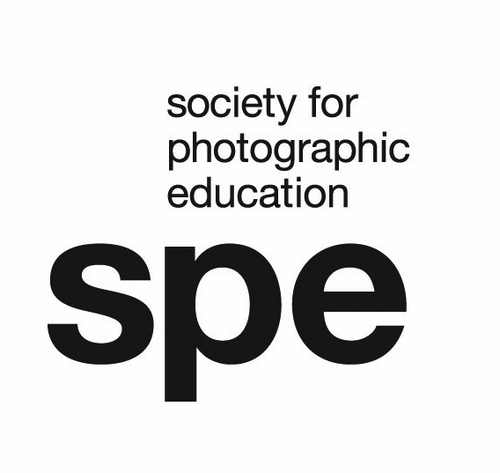 … But the Society for Photographic Education is only a microcosm — and a reasonably representative cross-section at that. It contains all the problems of North American art photography today, in miniature. That particular form of photography is produced by a migrant-labor caste which cannot escape its condition because it is politically uneducated, only marginally literate, and addicted to its lotteries and its religion.
… But the Society for Photographic Education is only a microcosm — and a reasonably representative cross-section at that. It contains all the problems of North American art photography today, in miniature. That particular form of photography is produced by a migrant-labor caste which cannot escape its condition because it is politically uneducated, only marginally literate, and addicted to its lotteries and its religion.
This migrant-labor caste, from which emanates what one recent anthology optimistically labels “new American photography,” is composed almost exclusively of men and women under the age of forty with Master of Fine Arts degrees granted by photography programs housed in colleges, universities, and art institutes. This MFA degree is considered to be a terminal degree — that is, the highest form of academic certification available to the studio artist.
As almost anyone who has bought one will agree, the MFA degree has only one practical application: it is a work permit that qualifies its possessor to seek employment in the academic-photography sector of the photographic-art establishment. For several decades now, that establishment has actively encouraged thousands upon thousands of young people to enter a program of studies in order to acquire a credential which would only certify them as potentially capable of teaching what they had been taught. They were lured by the promises of full employment and a work situation which would leave them ample time to pursue their artmaking inclinations.
For various reasons, this agenda was attractive to a certain sector of the North American public: white, middle-class, untypically close to parity in its gender distribution — a privileged group, in short. Politically uninformed, unaware even of what would constitute its own enlightened self-interest, this caste bred so rapidly that it soon flooded the labor pool. This, along with that caste’s reliance on movies and television for its sense of history and its relation to language, enabled management (in our case, the academic-art establishment) to use this labor force against itself.
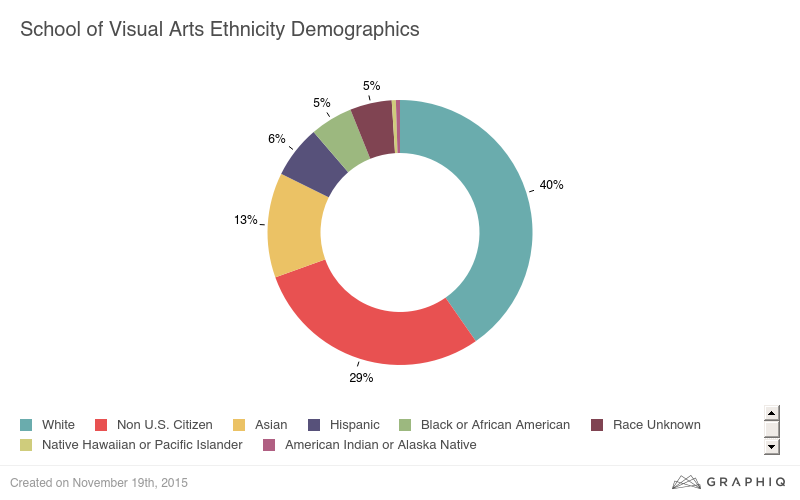
School of Visual Arts (SVA) ethnicity demographics, 2015. Note that they considered “Non U.S. Citizen” an ethnicity for the purposes of this breakdown.
Erosion of the tenure system (the very basis of academic freedom, despite its problems and shortcomings) was the first step. Then came the elimination of long-term contracts. With the Yeshiva University decision several years ago, in which the U.S, Supreme Court declared faculty of private institutions of higher learning to be management, thus ineligible for collective bargaining, this marginalization was virtually complete.
More and more, teaching artists and art teachers (these are not synonyms) work under short-term contracts of two years or less, moving continuously from job to job. Their tenuous hold on stability is further undermined by the evolution of an underclass of freelance pieceworkers: part-time teachers willing to work for next to nothing, with no protection or benefits — even willing, in their desperation, to serve as levers for the removal of anyone who complains, since there are dozens, indeed hundreds, ready to jump into any abandoned niche without asking difficult questions.
Fortunately for the power structure, it has not been necessary to shatter a spirit of community or a sense of working-class solidarity in achieving this control: those attitudes were already alien to this caste. However, two forces traditionally used to keep migrant labor from rebelling against its oppression are in active operation here.
One is religion. In this instance, the belief system begins with faith in the status of artist as a privileged, even transcendent position in our culture. This is encouraged by the training schools in which academic artists are bred. So too, of course, is the notion that their degree certifies not only that they are artists but, magically, good artists; and, even more amazingly, that at the ripe age of twenty-four or so they have something to teach to others.
(By the way, there is rumor that some schools, unable to guarantee employment to their MFA graduates, are planning to invent a new terminal degree, the Doctor of Fine Arts or DFA. This would instantly obsolesce all MFA degrees, forcing the entire labor pool back into school for job retraining, thereby temporarily alleviating the pressures of unemployment. A brilliant stroke, no?)
Like state-run religions, state-run lotteries are invariably counter-revolutionary. If religion promises pie in the sky when you die, transcendence in the afterlife, the lottery seduces one into gambling for a piece of the action, upward mobility here on earth. Paradoxically, lotteries are a form of taxation of the poor yet also a means for calming them; no one with a ticket for a sweepstakes in her pocket is likely to work wholeheartedly to change the system.
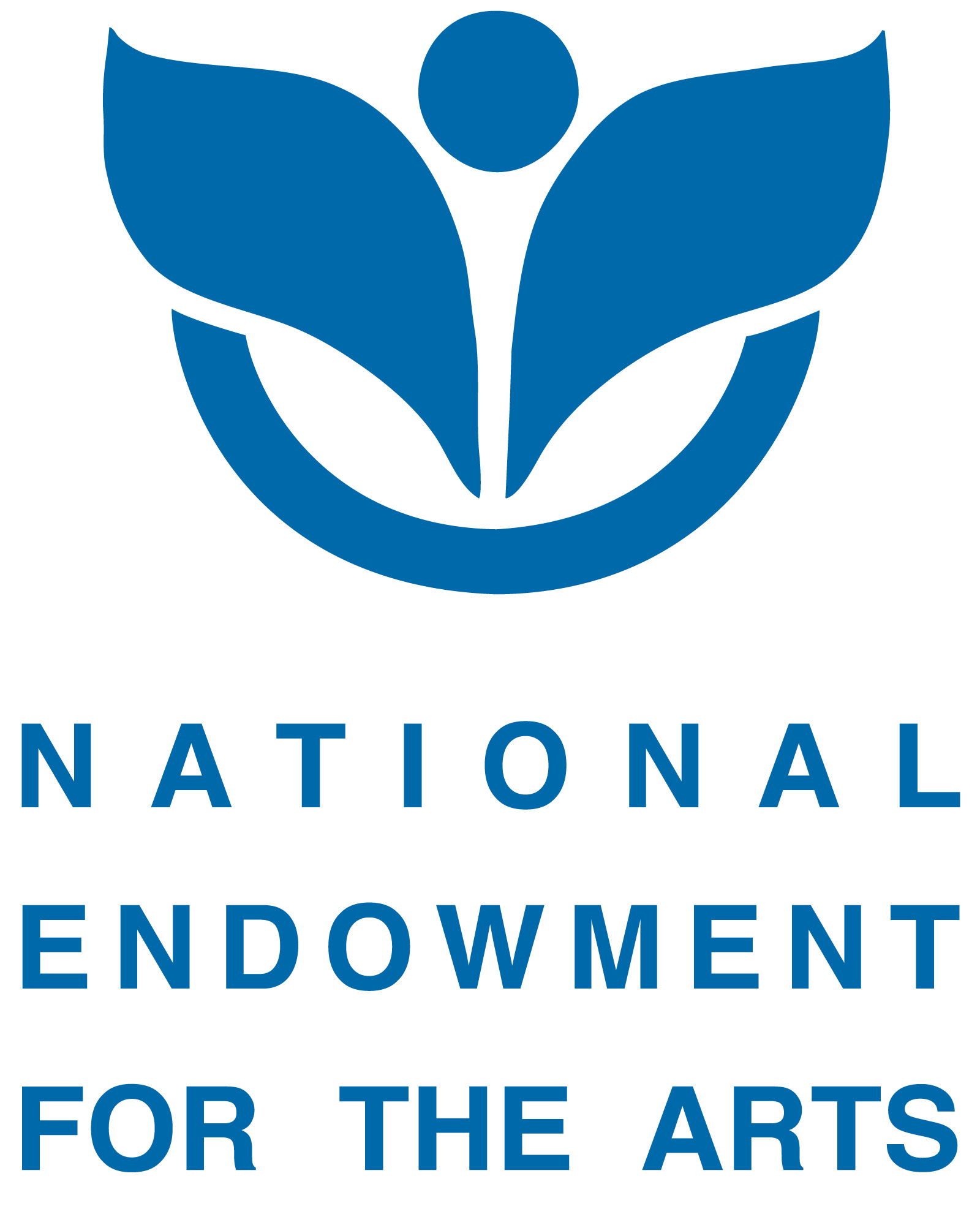 The myth of the specialness of the artist is this migrant-labor caste’s religion. What are its lotteries? Why, the National Endowment for the Arts grants to individuals, along with such other sources of selective support as the Guggenheim Foundation and the New York State Council on the Arts, for one. Another is the gallery-museum network, with its star system, sometimes plucking the to-be-anointed right out of their graduate-school thesis seminars.
The myth of the specialness of the artist is this migrant-labor caste’s religion. What are its lotteries? Why, the National Endowment for the Arts grants to individuals, along with such other sources of selective support as the Guggenheim Foundation and the New York State Council on the Arts, for one. Another is the gallery-museum network, with its star system, sometimes plucking the to-be-anointed right out of their graduate-school thesis seminars.
Almost all contemporary artists play these lotteries, even if warily or cynically; very few abstain on principle. The younger ones seem unaware that it was once considered possible to be an artist without ever getting a grant. Like welfare clients, they have become enmeshed in a psychological cycle of dependency on the dole, unable to conceive of a creative project that does not require outside funding or to initiate one that does not receive it.
Items for an Agenda
As you can see, I am not optimistic about the immediate future of photography education in the United States. My hope is that the European photo-education system can learn from our mistakes and avoid them — and thus be freed to make its own mistakes, which will at least be different, and therefore instructive.
But I know that many of you here are photography students. I do not want you to feel that the time you have devoted to your studies has been wasted, because it hasn’t — so long as you put your best energy into it. Nor do I want you to feel that your situation is hopeless, because it isn’t — although it is difficult. So let me leave you with some words of advice.
- If you would be an artist whose work truly matters to any group of people, you must live as one of them, speaking their language, sharing their experience, their air, their food, their water, addressing your mutual concerns. Therefore, the first rule is: Stay put. Grow roots; allow the soil to feed you.
- Dig in your heels. Do not accede to any system that would shunt you aimlessly, constantly, from one context to another. Such systems are hostile to your survival. Develop versatility; there are alternative means for supporting yourself. Learn to thrive in the cracks.
- If you live in an art ghetto, you will think like a herd animal; if you live as a hermit, you will make hermetic art. Find some middle ground where there is room to breathe and time to think, where no one knows of any reputation you may have acquired. Try to keep it that way.
- Make a home for yourself. Heed the rhythms of intimacy. The artist must learn to be at home in his or her own work, to invite others in and make them feel welcome.
- Know history, especially your particular history, that of yourself and your people, whoever they are. You must be aware of all that has brought you to this moment. Only then can this moment, or any other, be truly yours.
- You are a worker, a producer of objects, a citizen in the polity. Be aware of your class origins, your class position, your class aspirations. Never allow yourself to believe — as did Ernest Hemingway — that the only difference between the rich and the poor is that “the rich have more money.”
- Speak — and make art — when you have something to say. Otherwise, teach yourself to shut up. Accept the natural rhythms of your own fallow and fertile cycles. Do not produce work merely to prove or reassure yourself. Artists are artists even when not making art.
- Put your own work on view in your home and studio, where you must live with and confront it daily. If your images cannot nourish you and sustain your own interest at length, they are unlikely to be of use to anyone else.
- Hone your craft. There is always a deeper level of communion with your tools, materials, and processes to work toward. You must find ways to make even pain and ugliness engage the senses; otherwise who will be persuaded to look at length — and why else make a picture in the first place?
- There are many ways to learn your craft. Be neither proud nor ashamed of the sources of your knowledge. But no matter what form your education took — the academy, apprenticeship, self-teaching — you must recognize your student work as such and put it behind you; otherwise you will make student work all your life. Only then can you begin to build a poetry of your own. This will take years. Be patient with yourself.
- With perseverance and good fortune, you will find your true subjects — or they will find you. In either case, be prepared to be surprised: one does not choose one’s obsessions.
- If economic security is your goal, you are in the wrong profession. Frugality is one of the artist’s tools. If you’re lucky, such economic success as comes your way will arrive in increments which enable you to go on working without ever forgetting the experience of hunger. In that way your work may continue to speak to the hungry, who form the largest audience in the world.
-
If recognition — or, even worse, fame — is your goal, you are again in the wrong profession. Modesty is another of the artist’s tools. If you’re lucky, any recognition you gain will be merely commensurate with your achievement, and any fame that afflicts you will pass quickly, leaving your sense of self undamaged, so that you can get on with your work.
- Finally: Get on with your work.
Thank you.
(This is the complete text of a talk delivered at “The Other Side of Photography: Profiles in Education,” a seminar at the Gerrit Riteveld Academie, Amsterdam, August 29-31, 1989.)
[Postscript, May 9: As confirmation of the above projections, see “Can photographers restore their devastated business?” by “Writer & Strategist” Danielle Jackson, co-founder of the Bronx Documentary Center. Published at Creativz on May 6, 2016, it verifies virtually everything I described and predicted in my 1978 and 1989 talks. — A. D. C.]
•
 Special offer: If you want me to either continue pursuing a particular subject or give you a break and (for one post) write on a topic — my choice — other than the current main story, make a donation of $50 via the PayPal widget below, indicating your preference in a note accompanying your donation. I’ll credit you as that new post’s sponsor, and link to a website of your choosing. Include a note with your snail-mail address (or email it to me separately) for a free signed copy of my 1995 book Critical Focus!
Special offer: If you want me to either continue pursuing a particular subject or give you a break and (for one post) write on a topic — my choice — other than the current main story, make a donation of $50 via the PayPal widget below, indicating your preference in a note accompanying your donation. I’ll credit you as that new post’s sponsor, and link to a website of your choosing. Include a note with your snail-mail address (or email it to me separately) for a free signed copy of my 1995 book Critical Focus!


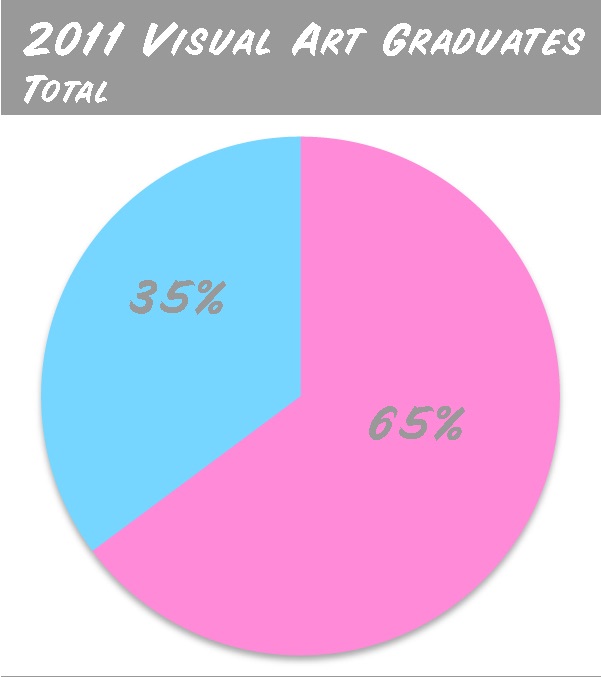
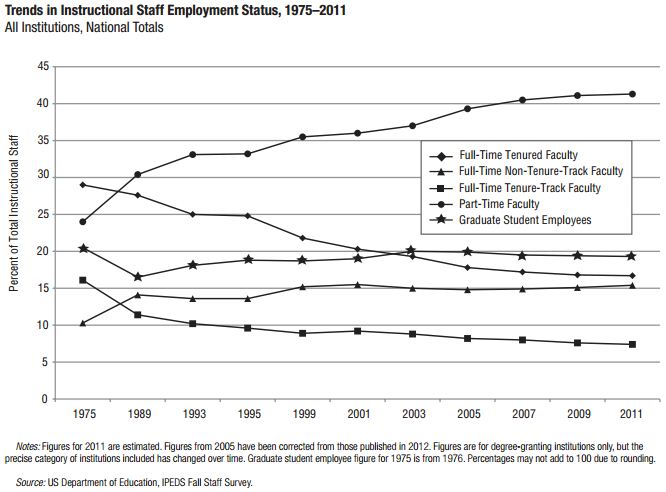
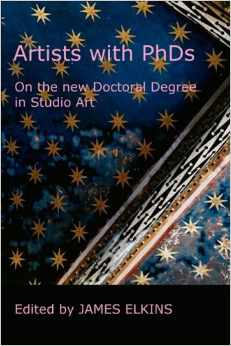
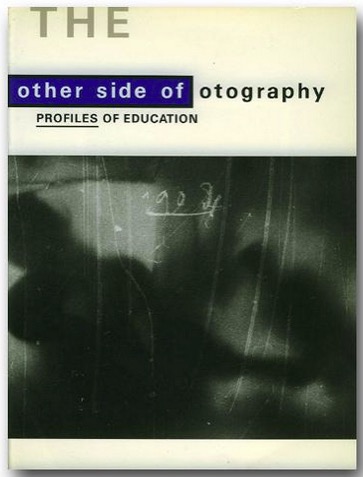




That which was true in 1978 was certainly amplified in 1989 and now blares from the rooftops at 100 decibels today.
I received my MFA in 1978 and could see the ponzi scheme writing on the wall back then. I did not pursue the dozen or so full time positions at colleges then and instead moved to a place I liked, Boston and tried to establish a life there. That life eventually led to Polaroid, which despite its own baggage allowed me to earn a living and stay close to creative endeavors.
I returned to my alma mater, the University of Iowa last year and met with graduate students. To a one they all believed they would be getting teaching jobs. Having attended this year’s national SPE I did not see significant signs that they are addressing this now exponential problem.
So little has changed despite your hitting the nail on the head repeatedly with these lectures.